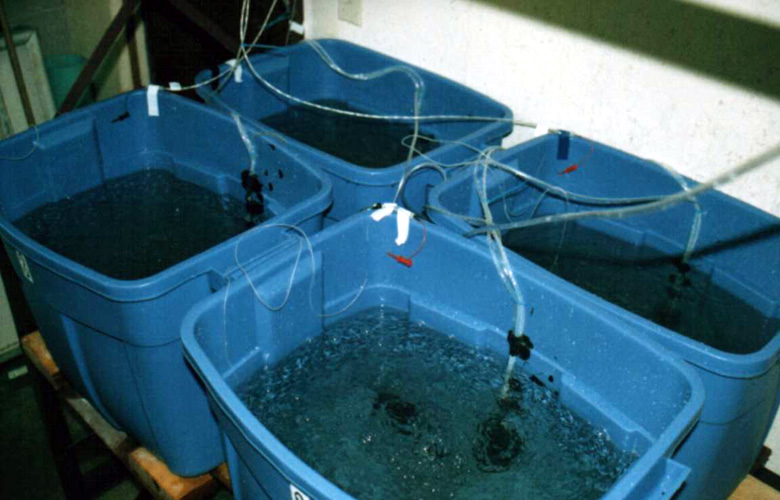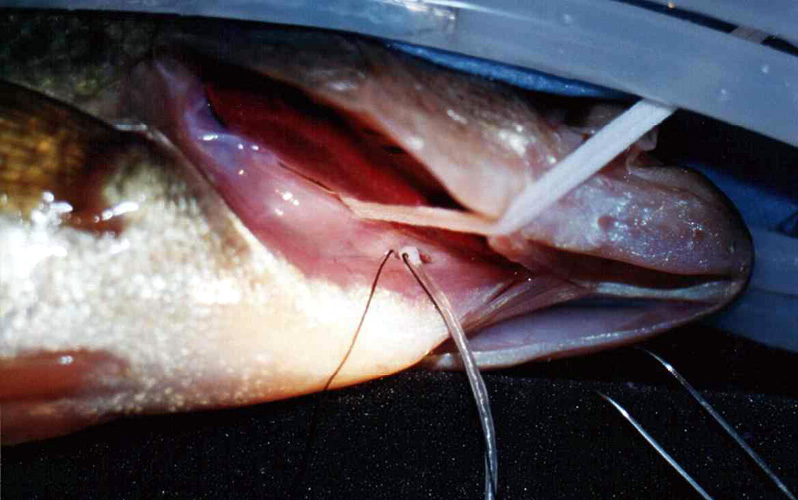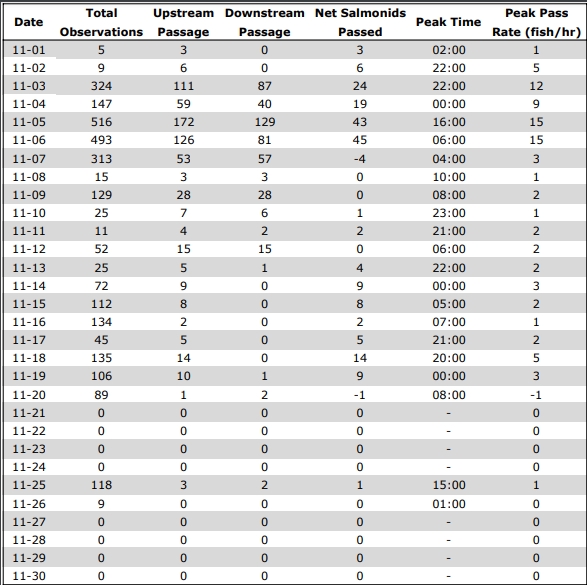Effects of Increased Silt Load
Abstract
Rock bass (Ambloplites rupestris) are a widespread centrarchid species with both riverine and lacustrine populations. After precipitation events, rivers often carry elevated silt loads, where as lakes generally remain free from suspended silt and sediment. To examine the physiological effects of silt on rock bass, we conducted a series of experiments using fish from Lake Opinicon and the Grand River in Ontario. Ultrasonic Doppler Flow probes were surgically affixed around the ventral aorta to monitor cardiovascular performance. After recovery from surgery replicated treatment groups were exposed to incremental increases in silt load (made from bentonite slurry), while cardiac output and its two components, heart rate and stroke volume, were measured simultaneously. Although both groups of rock bass responded significantly to low concentrations of silt (10 NTU), the response by riverine rock bass was rapidly extinguished by acclimation or physiological adjustment. Compensatory mechanisms to minimize cardiac (and respiratory) disruption attributable to increases in suspended silt appear to be inherent in rock bass of riverine origin. These fish appear to fully compensate for interference in gas exchange at the gill surfaces 60min after initial exposure. In contrast, individual lacustrine rock bass were highly variable in their response to elevated silt concentrations. Changes in stroke volume and cardiac output suggested no clear compensatory mechanism or strategy to cope with increased silt levels.









